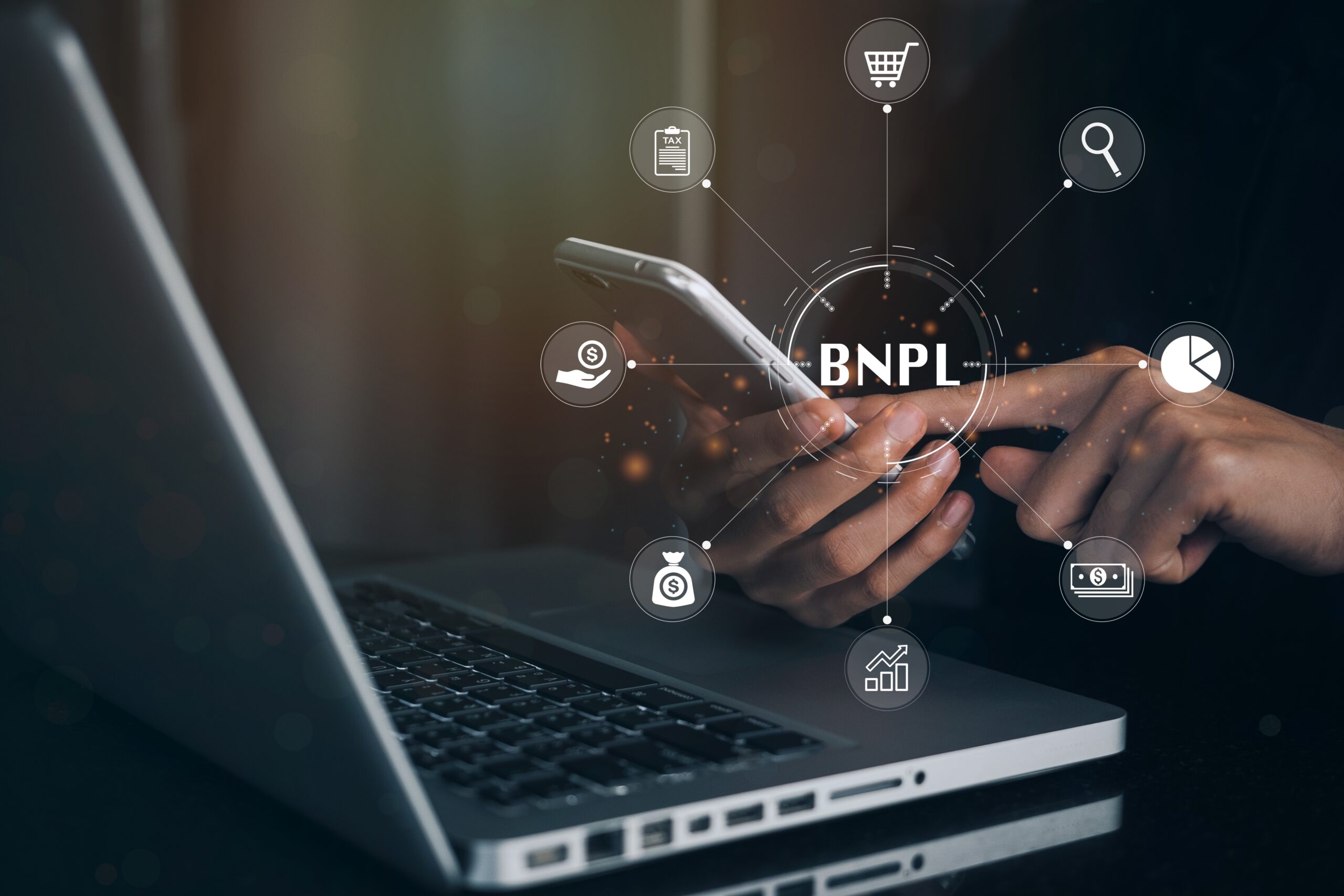Fintech Klarna saw its losses triple during the first half of 2022. Affirm shares, which debuted in early 2021, have fallen more than 80% over the course of the last year. All this led to NBC reporting that the Buy Now, Pay Later (BNPL) hype is fading. So how does inflation threaten the BNPL market, and could it create new opportunities?
Inflation is sky-high in both Europe and the United States, and it’s having a significant negative impact on consumers. Consequently, the global slowdown in spending is leading to a decrease in number of transactions. However, the disappointing results of several major BNPL players should be viewed in a broader context. For example, in the past year, Klarna has invested heavily in its expansion in the United States and the UK. In addition, there is currently an overall market negativity toward high-growth and fintech stocks. On top of that, rising inflation and interest rate hikes make it harder for fintech firms to raise money. New entrants, including established players such as Block, Amazon, PayPal, and Apple, are creating nervousness in the market as the cake is being divided between more parties.
Increased BNPL spending capacity
On the other hand, no-interest or low-interest options remain a popular alternative to high-interest credit card payments in times of high inflation. According to Modern Retail, Affirm founder and chief executive Max Levchin recently said that 0% APR (annual percentage rate) transactions “are that much more exciting in an inflationary environment.” He said the company is seeing increased demand on the consumer side “primarily because inflation takes away spending capacity, and you borrow to increase it.” The San Francisco-based company reported a 96% jump in active users, to 14 million during the first half of 2022, compared to 7.1 million for the same period a year ago. Similarly, nearly 150 million consumers used Klarna in 2021, a 70% increase from the previous year.
Forecasts also indicate that BNPL’s overall market will continue to grow. Precedence Research estimated the value of the global Buy Now, Pay Later market at €127.24 trillion in 2021, and expects that to grow to €3,324.33 trillion by 2030. The expected annual growth between 2021 and 2030 is a staggering 43.8%. However, this forecast is tempered somewhat by the potential cooling effect of declining purchasing power and extensive government regulatory measures.

The merchant's point of view
Buy Now, Pay Later options will continue to be important for expanding e-commerce services and increasing online sales. This is clear from the growing number of traders who rely on BNPL services. Insider Intelligence indicates that retailers will clamour for high-quality BNPL solutions to help forestall the decline in consumer spending. Providers offering debit-based BNPL solutions could benefit from a consumer migration away from payment options that increase debt, and toward those that draw from cash on hand.
Other signs that BNPL still has a bright future:
- BNPL offerings are particularly popular with Gen Z and millennials. These younger, “digitally native” users account for 57% of BNPL’s user base. However, it’s now also gaining traction across other age groups, and it has become one of the world’s most commonly used alternative payment methods.
- The online segment dominated the Buy Now, Pay Later market and garnered a revenue share of 82.29% in 2022. However, according to Precedence Research, the offline segment was the fastest-growing segment in 2021. To improve the consumer experience and deepen customer relationships, many organisations worldwide are now focusing on offering point of sale (POS) BNPL financing solutions.
- According to Straits Research, with 61% of the global revenue share, the big enterprise segment led the market in 2021. Large businesses use the Buy Now, Pay Later solution extensively as it provides customers with a flexible and inexpensive payment option for high-value items. The small and medium-sized segments are predicted to grow at the quickest rate in the coming years. Small and medium enterprises all over the world are focusing on BNPL solutions to boost sales conversion rates, expand their customer base, and enhance their market position.
We strongly believe that BNPL’s business model still offers a lot of potential, but we can certainly expect the growth to be less rapid than predicted. It’s also likely that it will become more challenging to make an impact in a highly diversified market.
Do you want a Buy Now, Pay Later solution?
Are you interested in implementing a BNPL solution? Feel free to check out our latest whitepaper, where we look at the best possible choice between building your own solution and taking one from the shelf.
Do you have any questions? If so, you are more than welcome to contact us here at Aptic.
